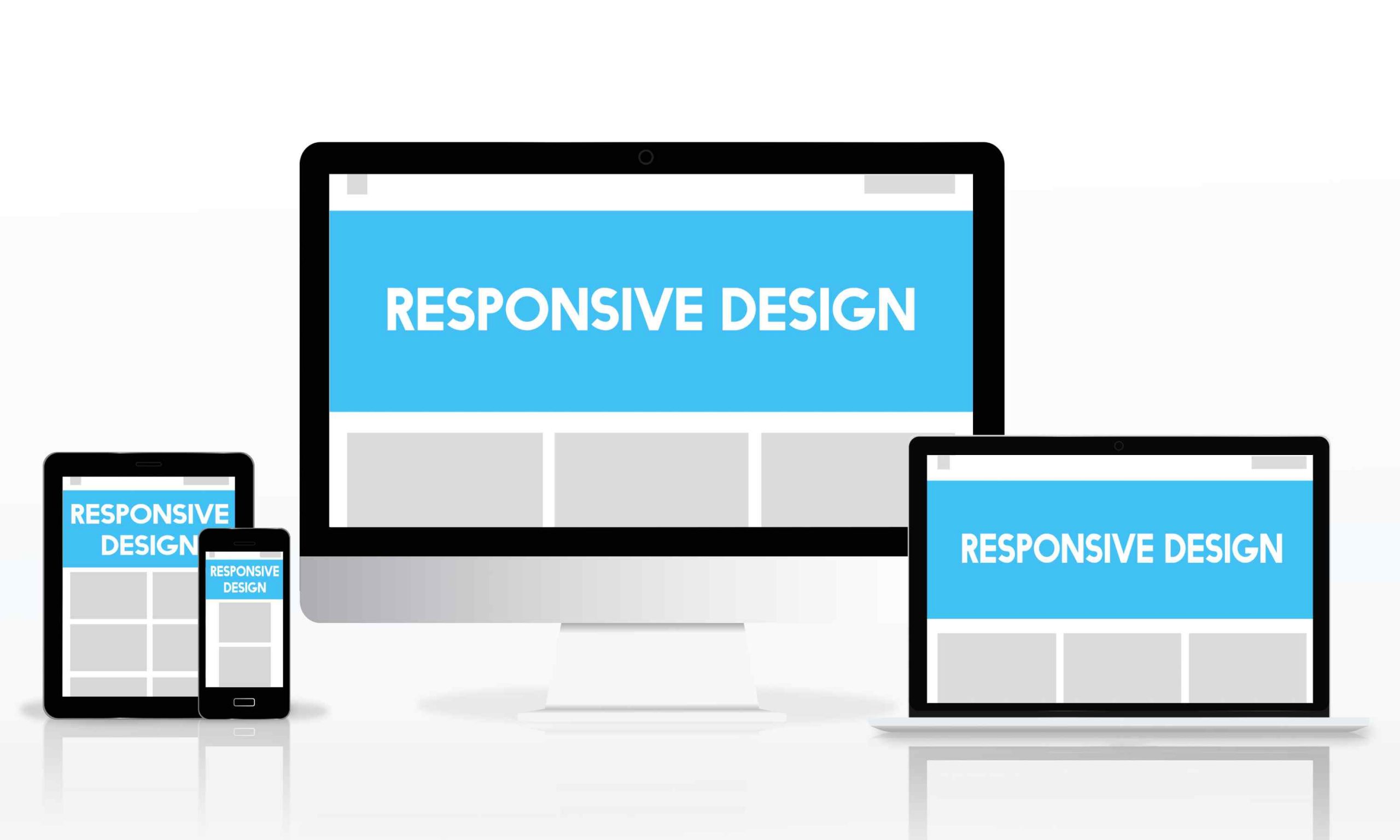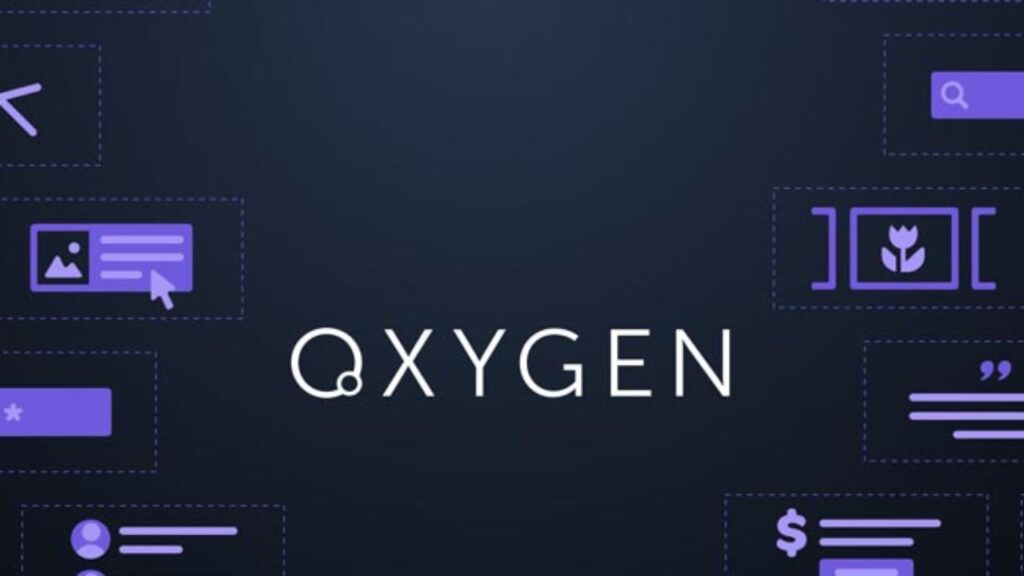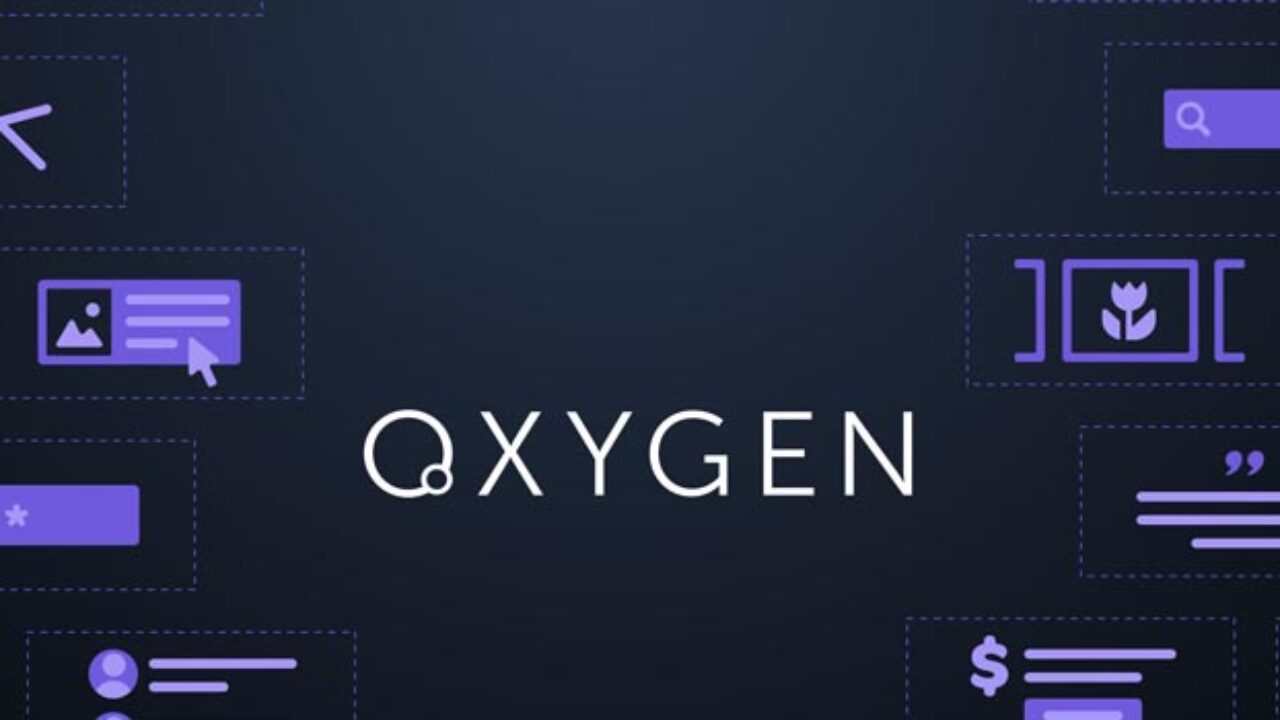What is Bootstrap?
Bootstrap is a CSS framework that is freely available to everyone and was developed by Twitter. It offers pre-designed HTML, CSS, and JavaScript components and utilities that simplify building responsive, mobile-first websites and web applications. Bootstrap provides a grid system for layout structuring, typography, forms, buttons, navigation bars, and other interface components, all styled with a cohesive and modern design. It aims to simplify web development by providing a consistent and flexible framework. This feature allows content to adjust to various screen sizes and devices, ensuring it is displayed correctly regardless of the device used. It provides a smooth and visually appealing user experience across multiple platforms.
Why Bootstrap For Web & App Development?
Bootstrap is the go-to choice for web and app development for several compelling reasons:
- In today’s digital era, the demand for stylish, fully functional websites is paramount for small businesses. Bootstrap, an open-source toolkit utilizing CSS, HTML, JS, and jQuery, simplifies UI development, catering to both seasoned developers and newcomers. Its widespread adoption stems from its seamless implementation of responsive web design principles, guaranteeing a uniform user experience across diverse devices and platforms.
- Bootstrap boasts an array of pre-designed components and resources, such as navigation bars, buttons, forms, and typography styles, streamlining the development process and expediting web projects. Its compatibility with contemporary browsers further bolsters its allure, ensuring flawless performance across various devices.
- Overall, Bootstrap’s accessibility, responsiveness, and compatibility make it indispensable for crafting modern websites and apps efficiently, thereby meeting the demands of today’s dynamic digital landscape.

Merits and Demerits of Bootstrap:
Merits:
- Bootstrap’s user-friendly approach empowers developers to easily create stunning websites and apps, whether seasoned or just starting.
- Responsive Design: Its responsiveness is a key factor driving its global popularity, ensuring that websites look and perform well across devices.
- Flexibility in Design: Bootstrap is a web development framework that offers customizable templates. It also allows you to modify the default styles and behaviors using CSS and JavaScript files, giving you unmatched flexibility and creativity in web design.
- Accessibility: Basic coding knowledge suffices for utilizing Bootstrap effectively, lowering the barrier to entry for developers.
- Browser Compatibility: Compatibility with modern browsers ensures a consistent user experience, enhancing the credibility of websites.
- Reliability and Scalability: Bootstrap’s reliability and scalability are exemplified by its use in global companies like Apple. For instance, Apple’s web apps, such as the Apple Store and Apple Music, are built using Bootstrap, showcasing its robustness and adaptability.
Demerits:
- Standardized Styling: Bootstrap websites may appear similar due to standardized styling, potentially leading to a lack of uniqueness in design.
- JavaScript Functionality: The JavaScript functionality in Bootstrap may not be as robust as desired for complex web applications.
- Size and Weight: Bootstrap’s size and weight can be cumbersome, impacting page load times and performance.
- It’s important to note that Bootstrap, like any tool, has its limitations.Version updates may lack backward compatibility, requiring developers to adapt to new features and changes. By understanding these potential challenges, you can be better prepared to maximize Bootstrap’s powerful features while mitigating possible drawbacks.
Conclusion:
Bootstrap’s accessibility, efficiency, and versatility make it a prime choice for web and app development. Understanding its merits and demerits empowers informed decision-making in selecting the proper framework. As websites and web-based solutions play a pivotal role in modern business, opting for Bootstrap can expedite growth and success. Drop Techno Lab is ready to cater to your business needs for top-tier Bootstrap solutions and services, ensuring a seamless and impactful online presence.









